Why You Should Care About Third-party Product Ratings

By Sarah Schneider, CRRC.
How third-party ratings inform the customer and affect the state of our global environment.
Informed facility managers recognize the benefits of highly reflective roofing materials, also known as “cool roofs.” These cool roofs reduce energy use which, in turn, reduces energy cost while increasing the occupant’s comfort. It’s likely that managers may also know of the impacts cool roofs have in mitigating the urban heat island (UHI) effect and how these roofs can improve air quality.
What managers may not understand is the role third-party rating systems play in understanding the radiative performance (or energy efficiency) of a particular roofing material. They may also not know how to identify cool roof products in the marketplace.
The value of third-party product ratings
In the context of cool roofs, a third-party product rating informs consumers about the product’s ability to reduce solar heat gain — the amount of heat that enters the building through the roof surface. The rating is based on radiative property data measured by an accredited independent testing laboratory, which is then verified and published by another third party. A third party may be a government agency, nonprofit organization or another type of entity that is not affiliated with the manufacturing or distribution of roofing products.
Third-party ratings give assurance to consumers that the data are credible and accurate. The data are obtained through consensus standards and industry-vetted test methods, and validated through quality assurance mechanisms. This is why third-party ratings are widely used by government agencies and energy utilities in the development, compliance and enforcement of policies and programs that require or promote the use of cool roofing materials.
There have only been two sources in the United States for third-party radiative performance data of roofing products: the U.S. Environmental Protection Agency (EPA), which certified roofing products through the ENERGY STAR® program, and the Cool Roof Rating Council (CRRC), which rates roofing products through the CRRC-1 Program. With the sunset of the ENERGY STAR roofing program in June 2022, the CRRC is the public’s only resource for third-party radiative property data.
A free database of roofing products
For nearly 20 years, the CRRC has maintained the Rated Roof Products Directory, a reliable resource for finding roofing products based on radiative performance. The Rated Roof Products Directory contains over 3,000 roofing products that have undergone testing, weathering and rating in accordance with the CRRC’s strict protocols.
A CRRC product rating is not a certification, ranking or approval of a product. It describes the radiative performance of the roofing material. The “coolness” of a roof is determined by two basic properties: solar reflectance and thermal emittance. Solar reflectance is the fraction of solar radiation reflected away from the roof, while thermal emittance is the relative ability of the roof surface to radiate heat.
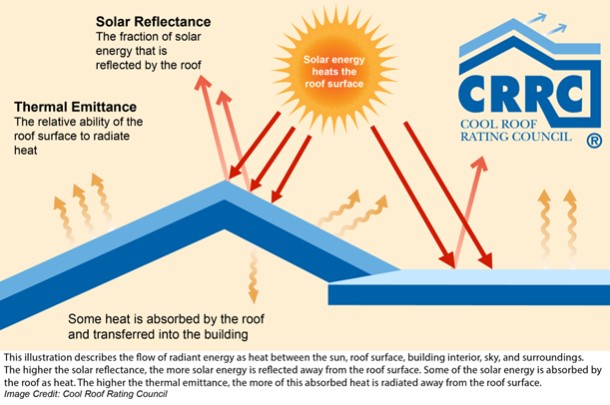
The values of both properties range from 0 to 1. The higher the number, the more reflective or emissive the product.
In addition to these two metrics, the “coolness” of a roof may also be represented by the Solar Reflectance Index (SRI) value. This is a calculated metric that combines solar reflectance and thermal emittance into one value. An SRI value is usually between 0 and 100, with particularly cool materials exceeding 100.
Searching the Rated Roof Products Directory
The CRRC Rated Roof Products Directory is equipped with powerful and flexible search options to quickly identify roofing products that meet a variety of needs, such as:
-
Increasing occupant comfort by keeping the building cooler during hot summer months*
-
Cutting energy costs by reducing the need for air-conditioning*
-
Meeting color and material requirements that align with a particular architectural style
-
Complying with local building codes, ordinances or green building programs
*Note that the overall impact of cool roof benefits may vary depending on factors such as climate zone, time of year and energy usage patterns. Additionally, while positive impacts of implementing cool roofs can be significant, proper roof installation and maintenance are essential to achieving these benefits.
The CRRC Rated Roof Products Directory is also useful for finding products that are eligible for financial incentives. Visit the CRRC website for a list of various cool roof incentives, rebates and loans.
Since a growing number of local jurisdictions, states and countries are adopting codes, ordinances, and green building programs that require cool roofing materials, the CRRC Directory is also an ideal resource for users looking to comply with those requirements. Visit the CRRC website for a list of codes and standards.
Cool roof codes and programs
Due to the UHI effect and the rise in extreme heat events, as evidenced by last summer’s intense and deadly heat waves, more and more cities are mandating or promoting the use of cool roofs. This is especially prevalent in cities located outside of the sunbelt, such as Chicago, Denver, Philadelphia, Baltimore and New York City. These metropolises are in many ways more vulnerable to the impacts of heat due to a lack of cooling infrastructure and heat acclimation, as compared to historically hot cities like Phoenix and Las Vegas.
In addition to cool roofs, cities are also looking at other solutions for addressing heat, such as highly reflective pavements, green roofs and more recently, highly reflective exterior walls.
Looking toward vertical solutions
A study conducted by Lawrence Berkeley National Laboratory found that highly reflective exterior walls can save as much energy as a cool roof in U.S. climate zones 1 - 4 and in all 16 California climate zones. Combining a cool roof with cool exterior walls will undoubtedly increase a building’s overall energy efficiency while helping to combat UHI and climate change.
The U.S. Green Building Council recognized the role of highly reflective walls in reducing urban heating with the adoption of a LEED pilot credit last April. Under LEED Version 4.1, one point is awarded for the installation of a cool exterior wall product. To achieve the credit, at least 60% of the building’s gross exterior wall area (including vertical fenestration) must be surfaced with a wall material that has a solar reflectance of at least 0.60 and thermal emittance of at least 0.75.
New rating program for walls
Facility managers interested in exterior cool walls can soon search for products online. The CRRC launched the new Wall Rating Program in January 2022. The ratings will be listed in the CRRC Rated Wall Products Directory and on CRRC Wall Product Labels. As a nascent program, the list of rated products is expected to grow over the next couple of years.
The CRRC worked in close collaboration with industry, government and other stakeholders on the development of the CRRC Wall Rating Program. Given the growing number of codes and programs with wall reflectance requirements and the absence of a third-party rating system, the CRRC recognized the importance of creating a program that would assist consumers in identifying compliant products, as well as cities working toward climate and heat resilience.
Learn more about CRRC in their RoofersCoffeeShop® Directory or visit coolroofs.org.
Original article source: CRRC
About CRRC
The CRRC is a 501(c)(3) nonprofit that was established in 1998 through a collaboration between industry, government, national laboratories, utilities and nonprofit organizations with the goal of developing a rating system for roofing products based on accurate and credible methods for evaluating a product’s radiative performance. The organization expanded its scope to include exterior walls in 2019. For more information about CRRC product ratings, please visit coolroofs.org.
About the Author
Sarah Schneider is the deputy director of the Cool Roof Rating Council (CRRC), a 501(c)(3) nonprofit organization that develops scientifically supported methods for evaluating and labeling the radiative properties of roofing and exterior wall products. Ms. Schneider has a B.S. in Environmental Science and master’s degree in Public Policy.
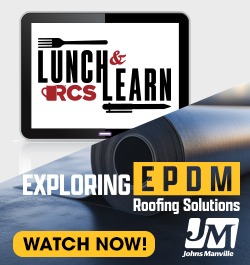
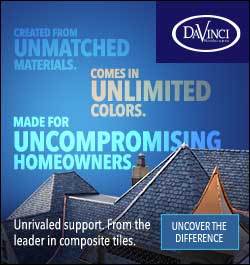
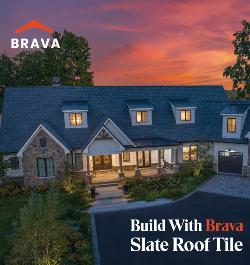
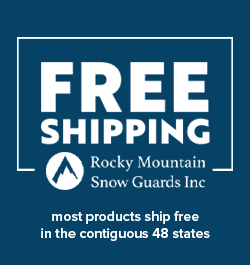









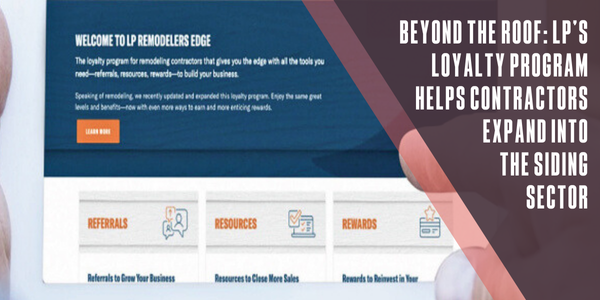

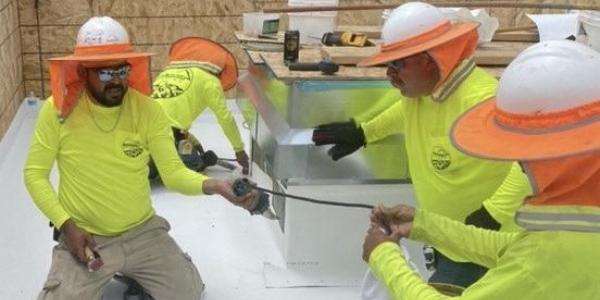



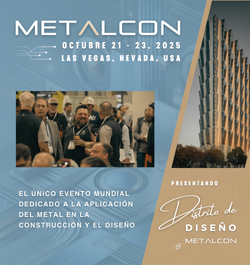

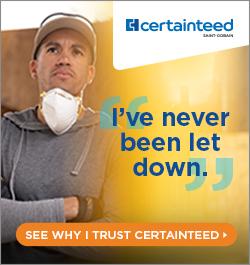
Comments
Leave a Reply
Have an account? Login to leave a comment!
Sign In